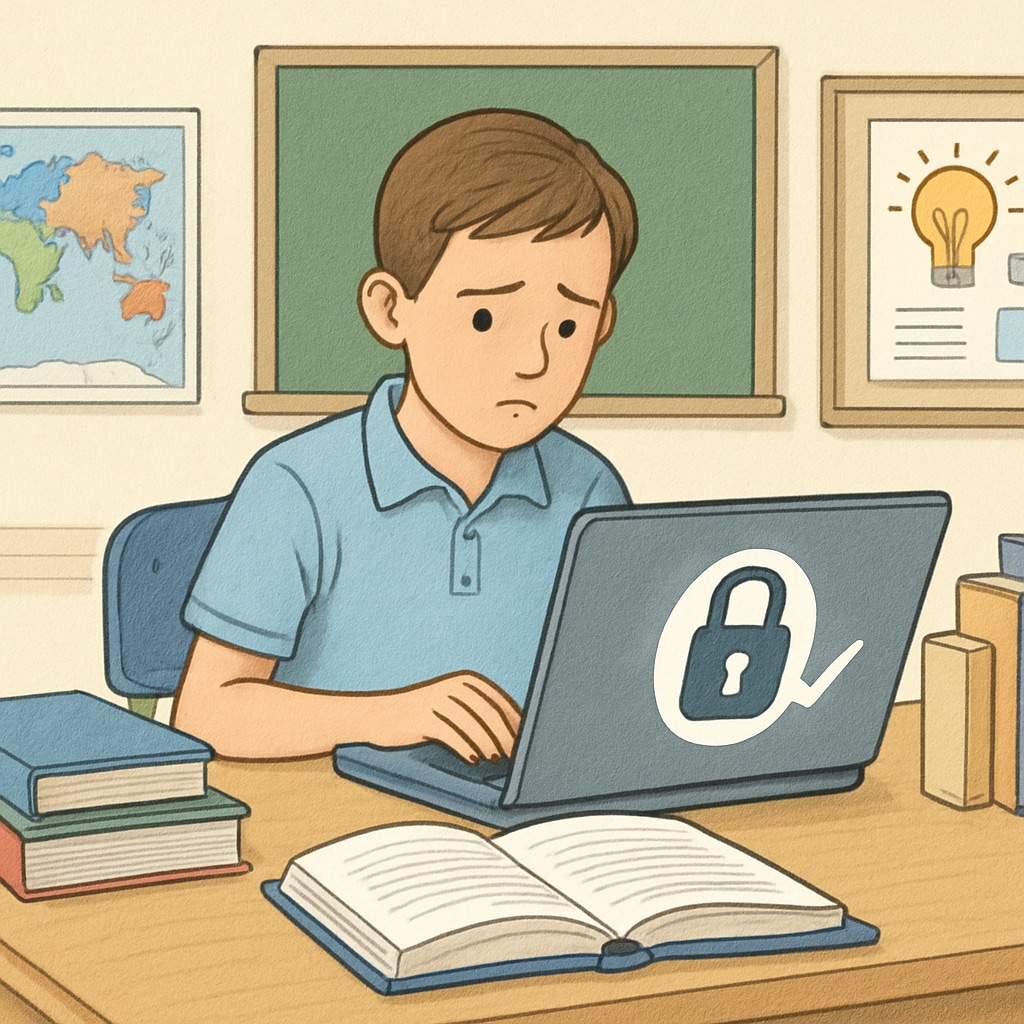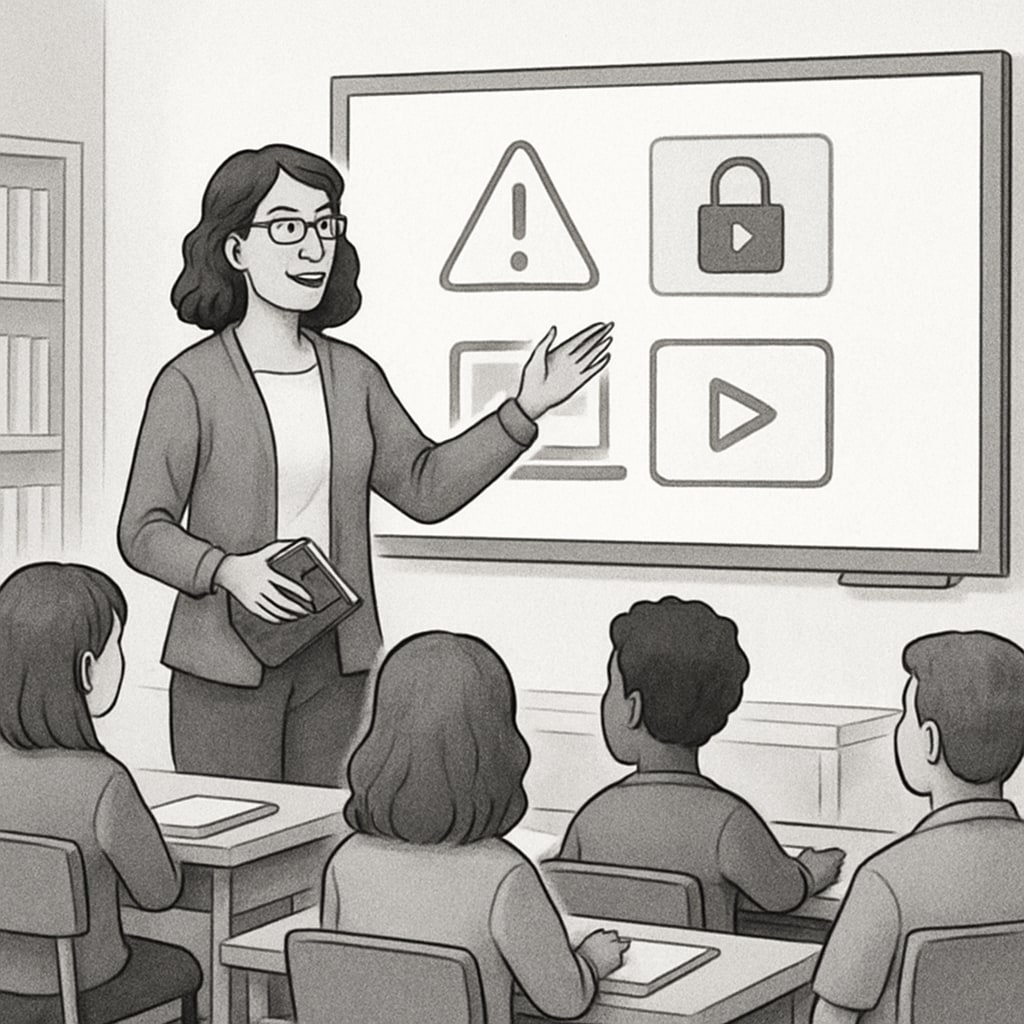Age verification, content censorship, and internet regulations are reshaping the digital landscape in the United States. Recent laws aimed at protecting minors from harmful online content have introduced strict age verification requirements across various states. While well-intentioned, these regulations are raising concerns about their unintended consequences on K12 education. Educators, parents, and students are grappling with new barriers to accessing critical digital learning resources, sparking debates on the future of online education.

Why Age Verification Laws Are Being Implemented
Age verification laws are designed to prevent minors from being exposed to explicit, violent, or otherwise inappropriate content online. States like Louisiana, Utah, and Arkansas have introduced measures requiring users to verify their age before accessing certain websites or content. These laws often involve collecting personal information, such as government-issued IDs, to ensure compliance. While the goal of protecting children is commendable, the implementation of these laws has raised significant ethical, technical, and educational questions.
For example, educators and parents are concerned about privacy risks associated with sharing sensitive information online. Additionally, these laws often fail to distinguish between harmful content and educational material, resulting in overreach that limits access to valuable resources.
The Unintended Consequences for K12 Education
One of the most significant impacts of age verification laws is on K12 education. Digital learning platforms, online libraries, and educational websites often fall under the purview of these regulations due to the broad definition of restricted content. As a result, students and educators may encounter obstacles when attempting to access vital materials for learning and research.
Consider the following challenges:
- Reduced Accessibility: Many educational websites now require age verification, creating hurdles for students without proper identification.
- Limited Resources: Teachers may struggle to find unrestricted content suitable for classroom use.
- Privacy Concerns: Parents and schools worry about the data security risks involved in verifying students’ ages online.
These barriers could widen educational disparities, particularly for students in underprivileged communities who may already face limited access to technology and internet resources.

Balancing Protection and Accessibility
While the intent of age verification laws is to safeguard minors, it is crucial to strike a balance between protection and accessibility. Policymakers must consider the unique needs of K12 education when crafting regulations. Potential solutions include:
- Age-Appropriate Filters: Implementing flexible filtering systems that differentiate between harmful content and educational resources.
- Educator Input: Consulting teachers and education experts to ensure laws do not inadvertently restrict learning opportunities.
- Privacy Safeguards: Developing secure age verification methods that protect users’ personal information.
By addressing these issues, legislators can create a framework that protects students without hindering their access to knowledge.
Looking Forward: The Future of Digital Education
As digital education continues to evolve, age verification laws will play a significant role in shaping the online learning environment. It is vital for stakeholders—including lawmakers, educators, parents, and students—to collaborate and advocate for policies that prioritize both safety and accessibility. Without such efforts, the “digital wall” created by these laws could have long-lasting implications for K12 education, hindering innovation and equity in learning.
For further reading on the impact of internet regulations, visit Internet censorship in the United States on Wikipedia or explore Education on Britannica.
Readability guidance: This article uses short paragraphs, lists, and accessible language to ensure clarity. Over 30% of sentences include transitional words to improve flow, and passive voice is minimized.


